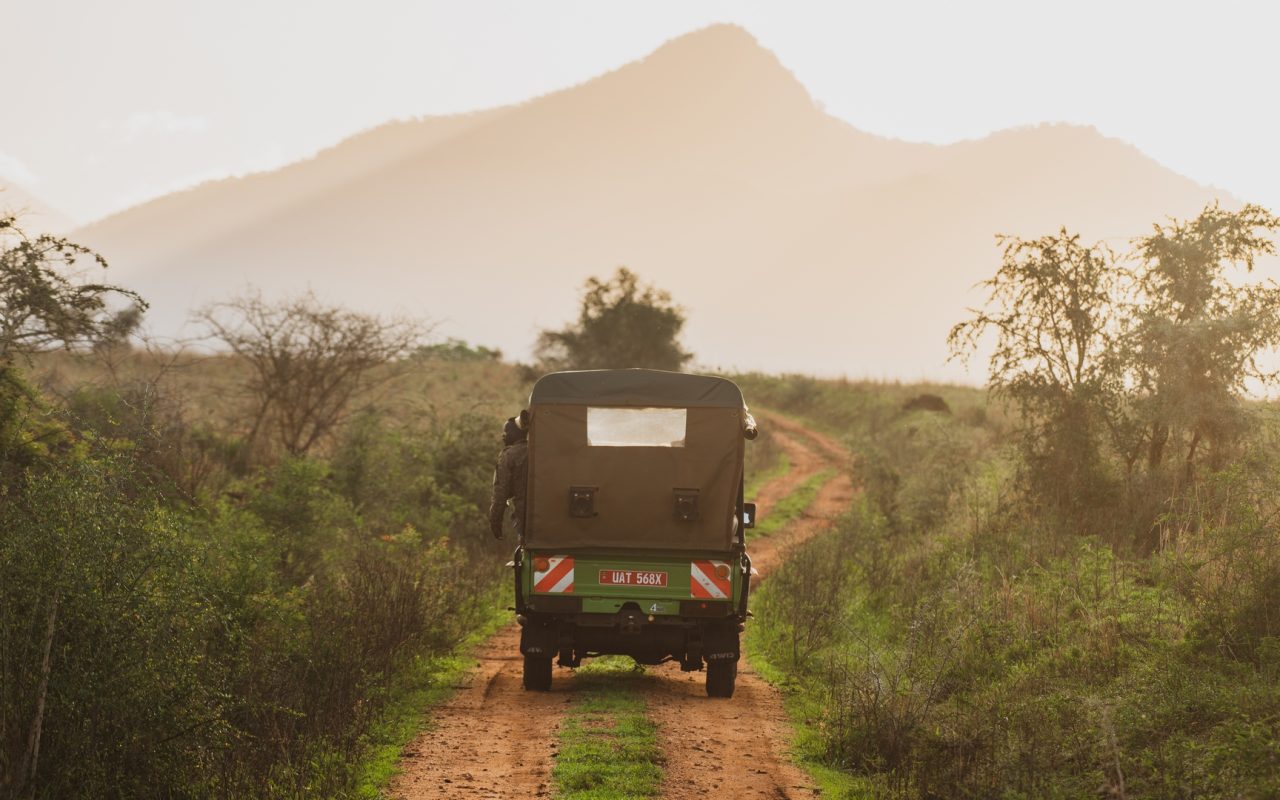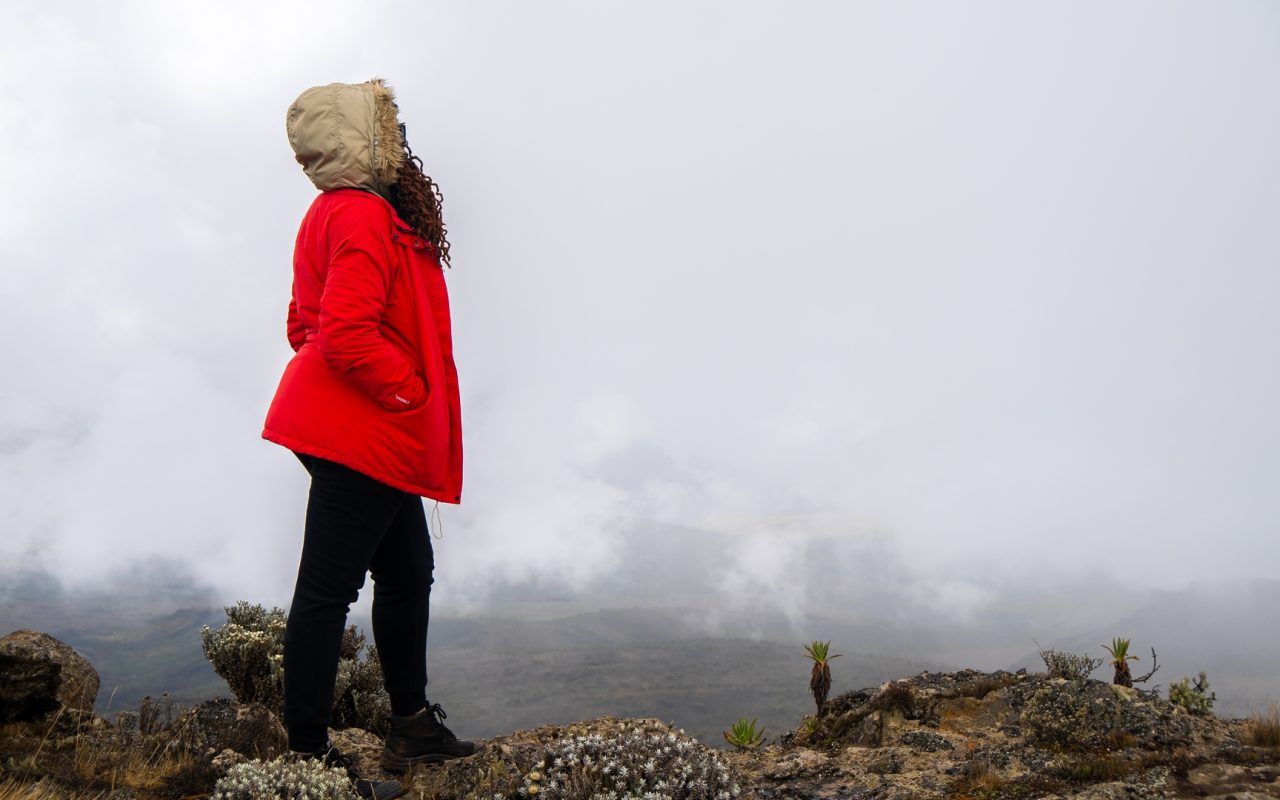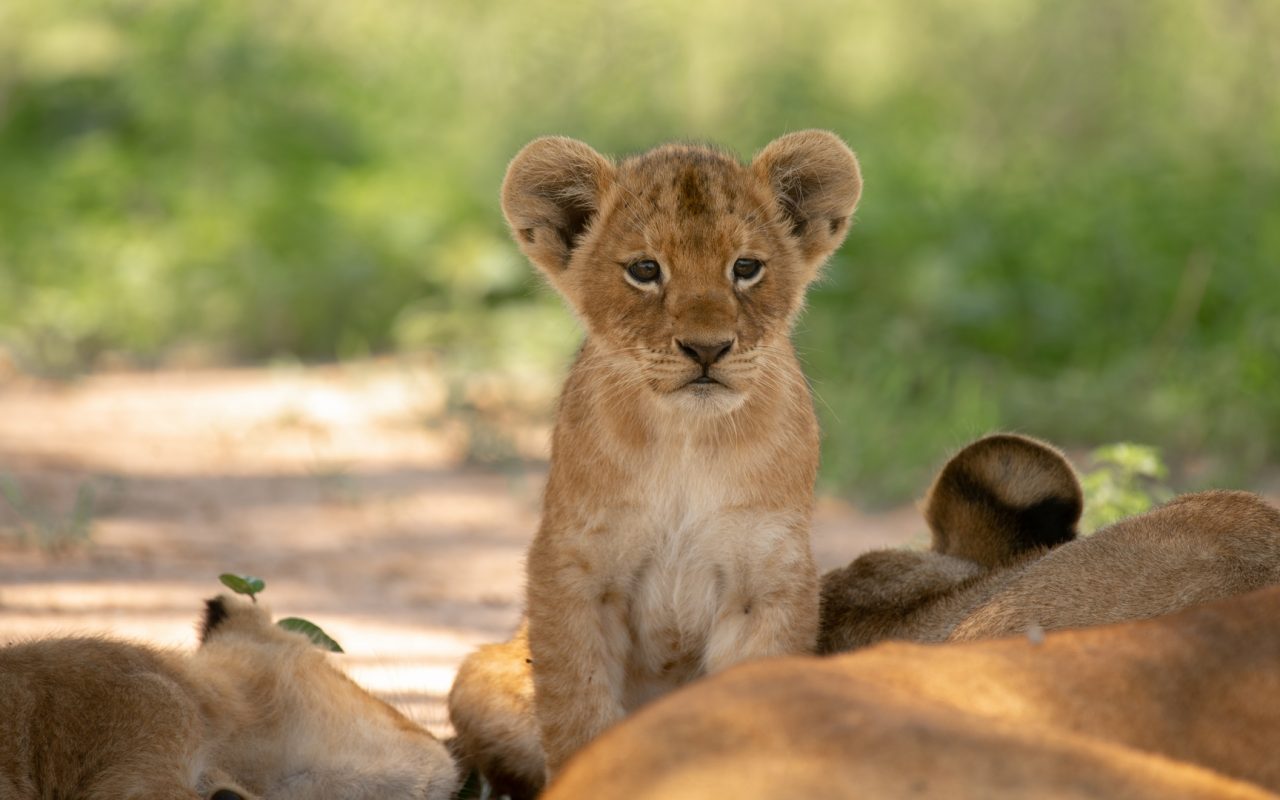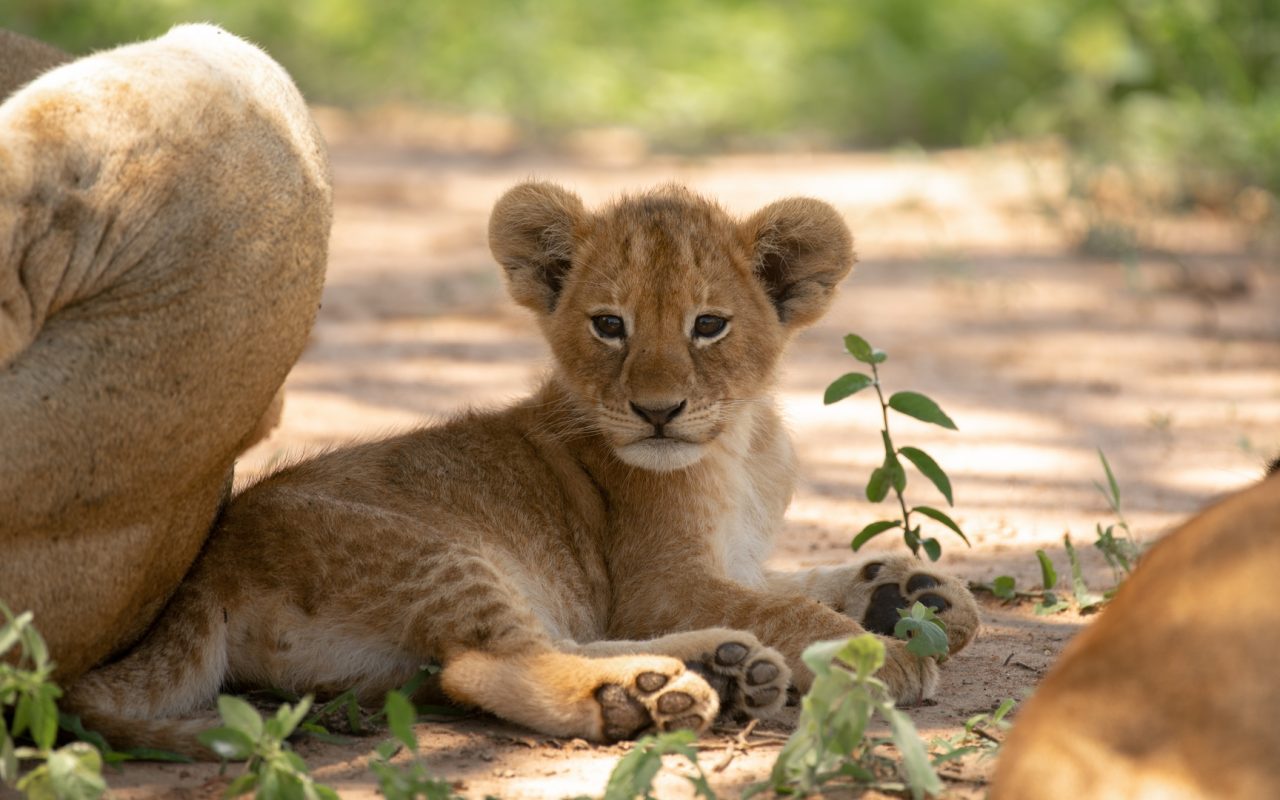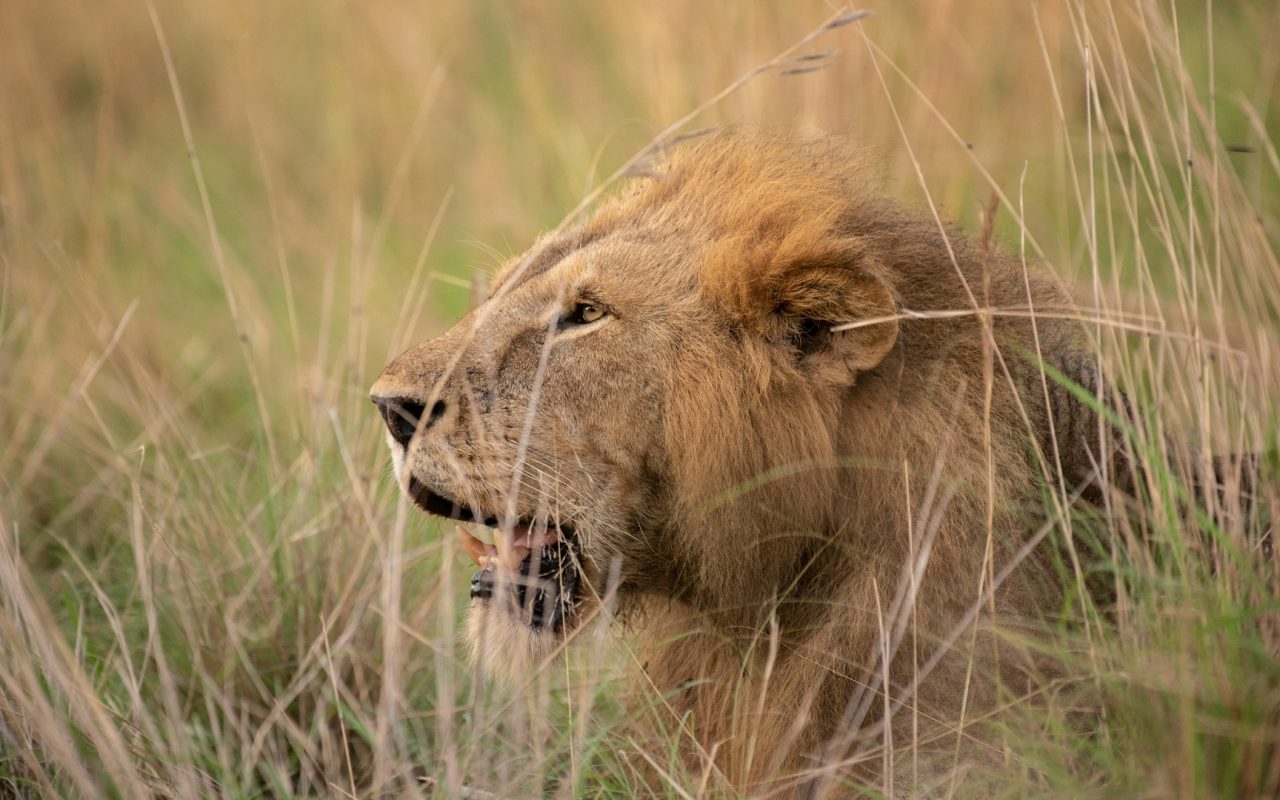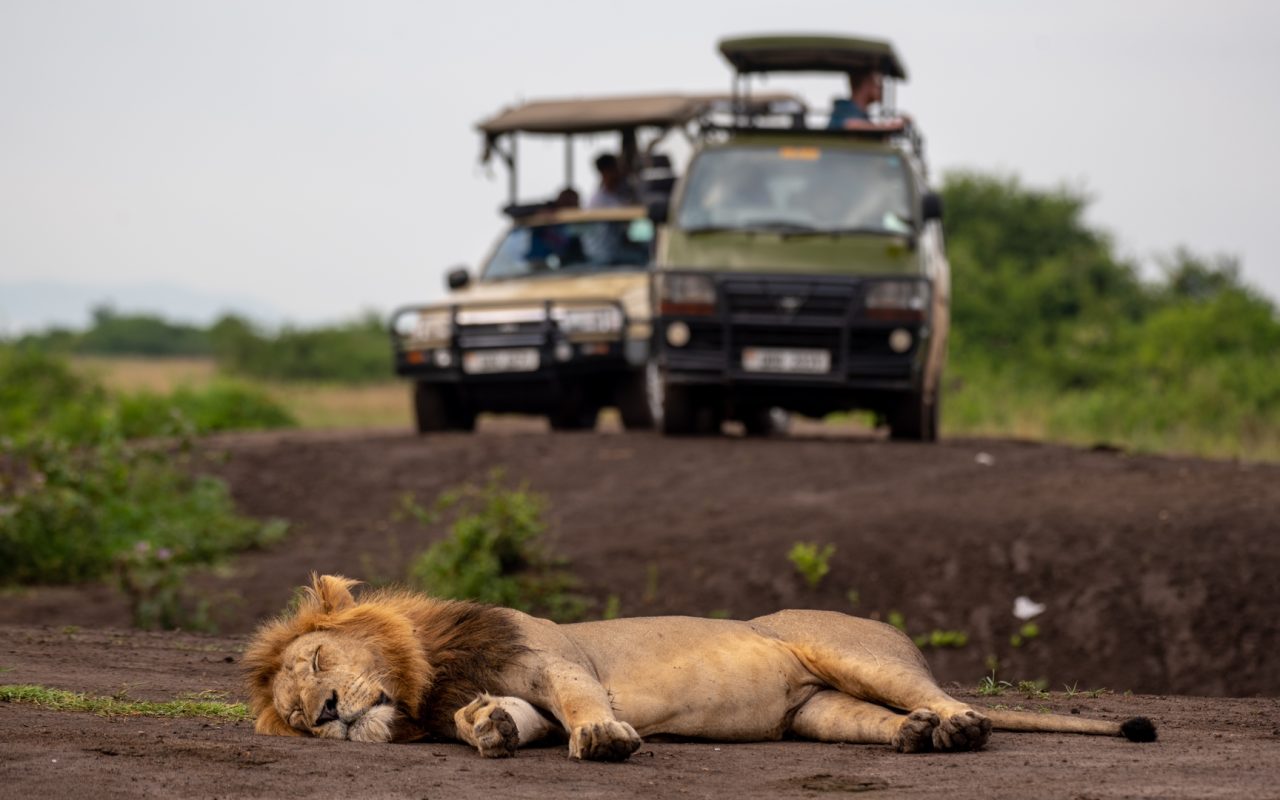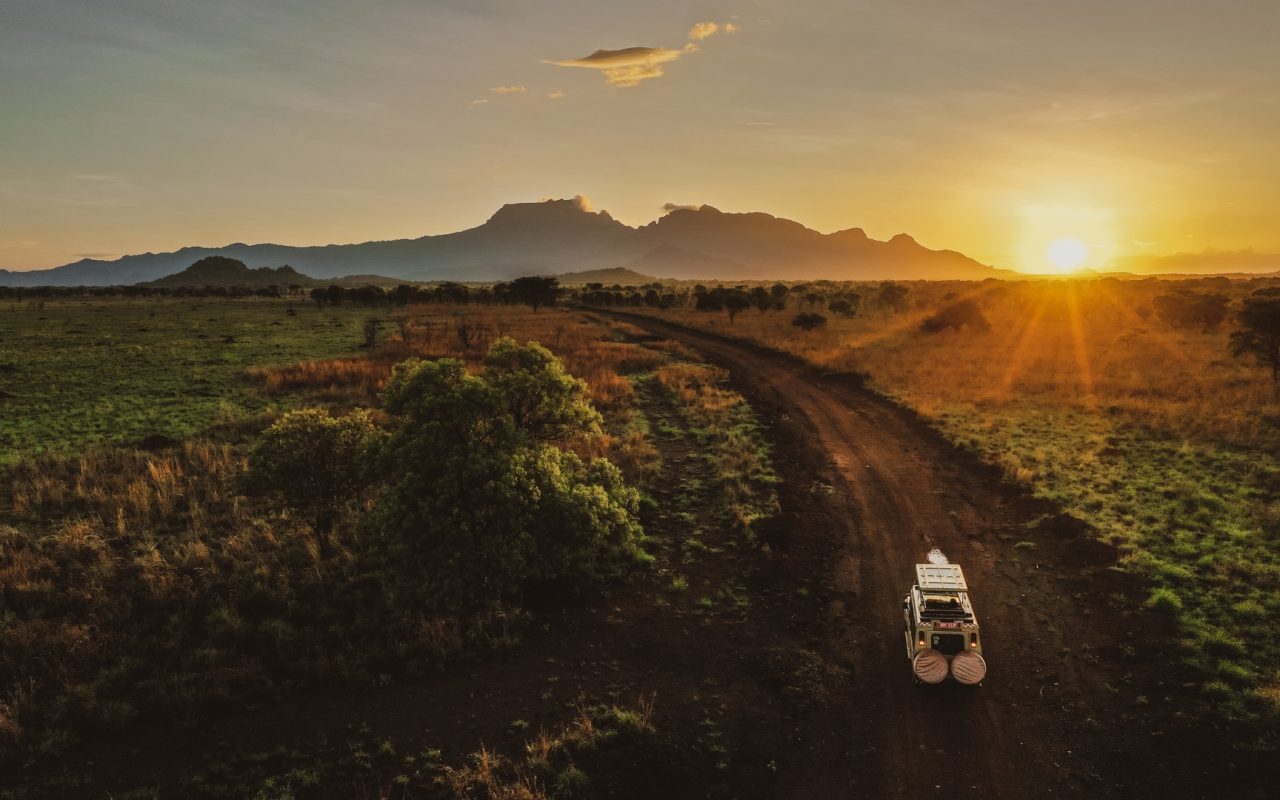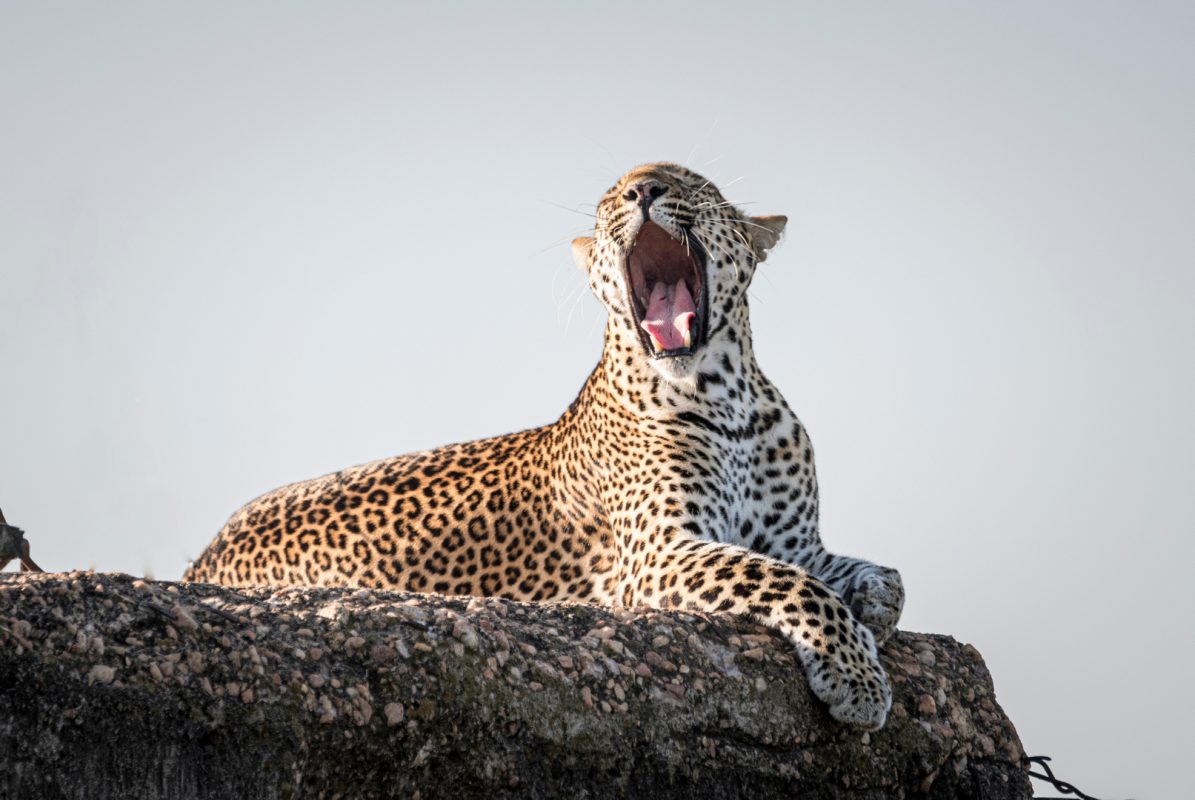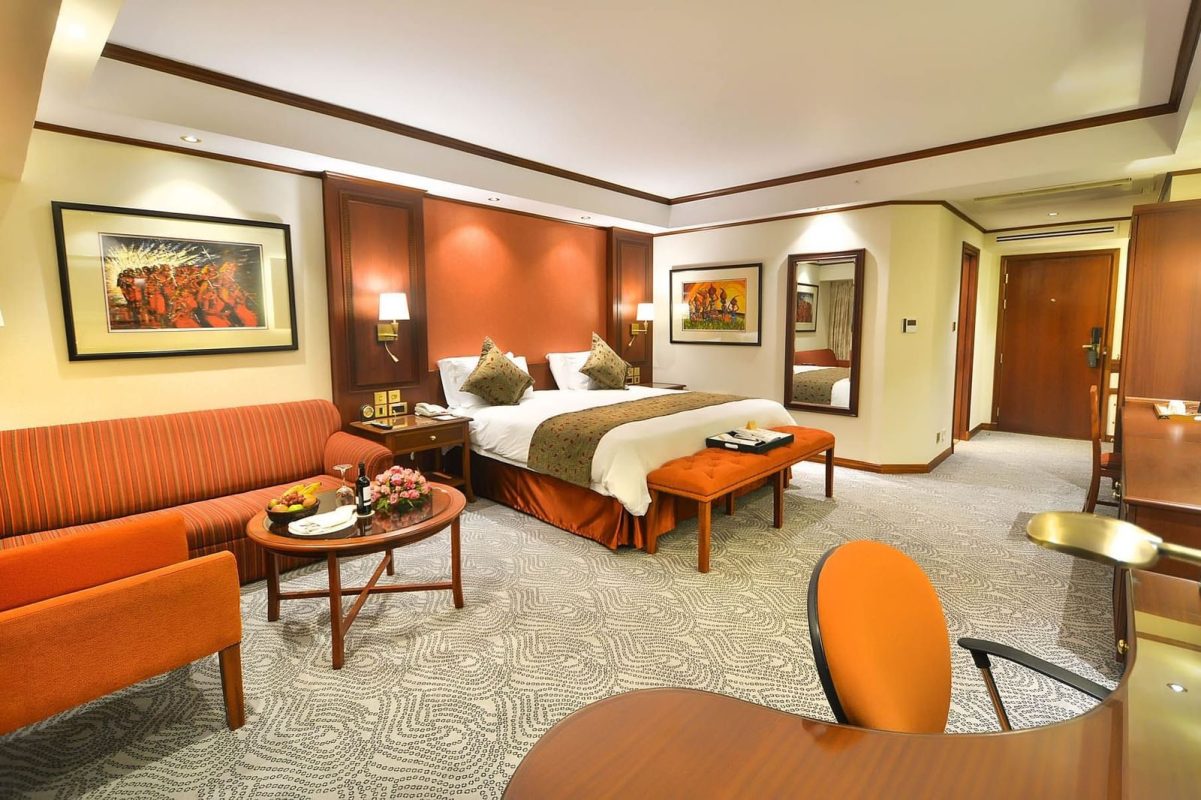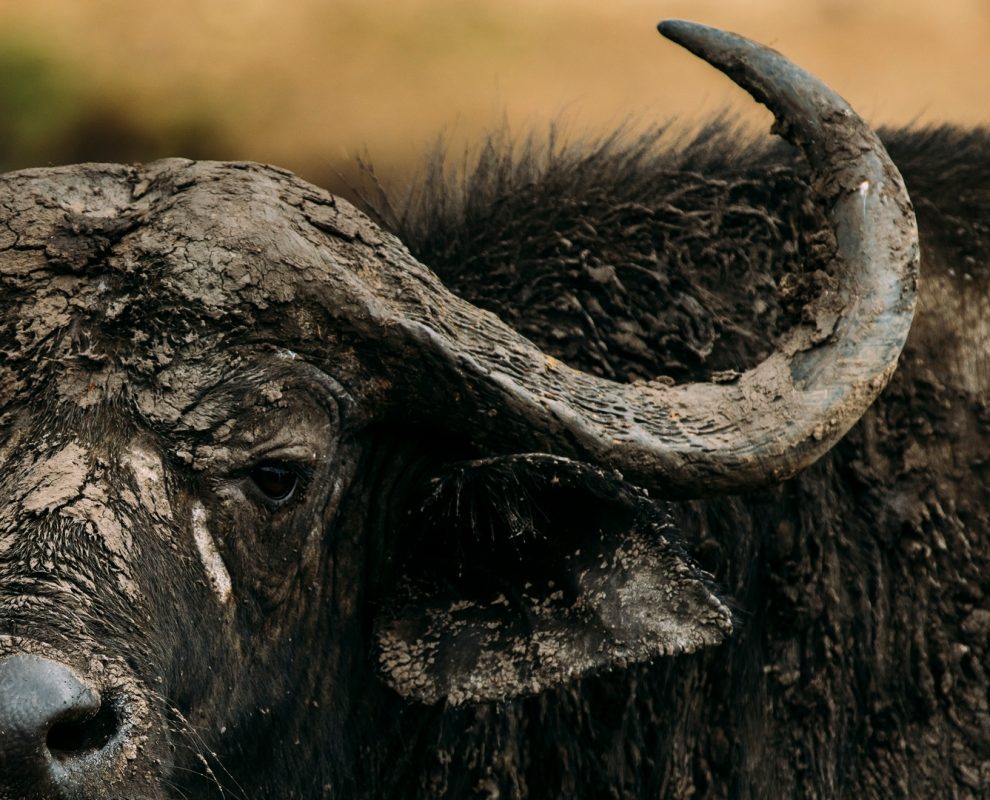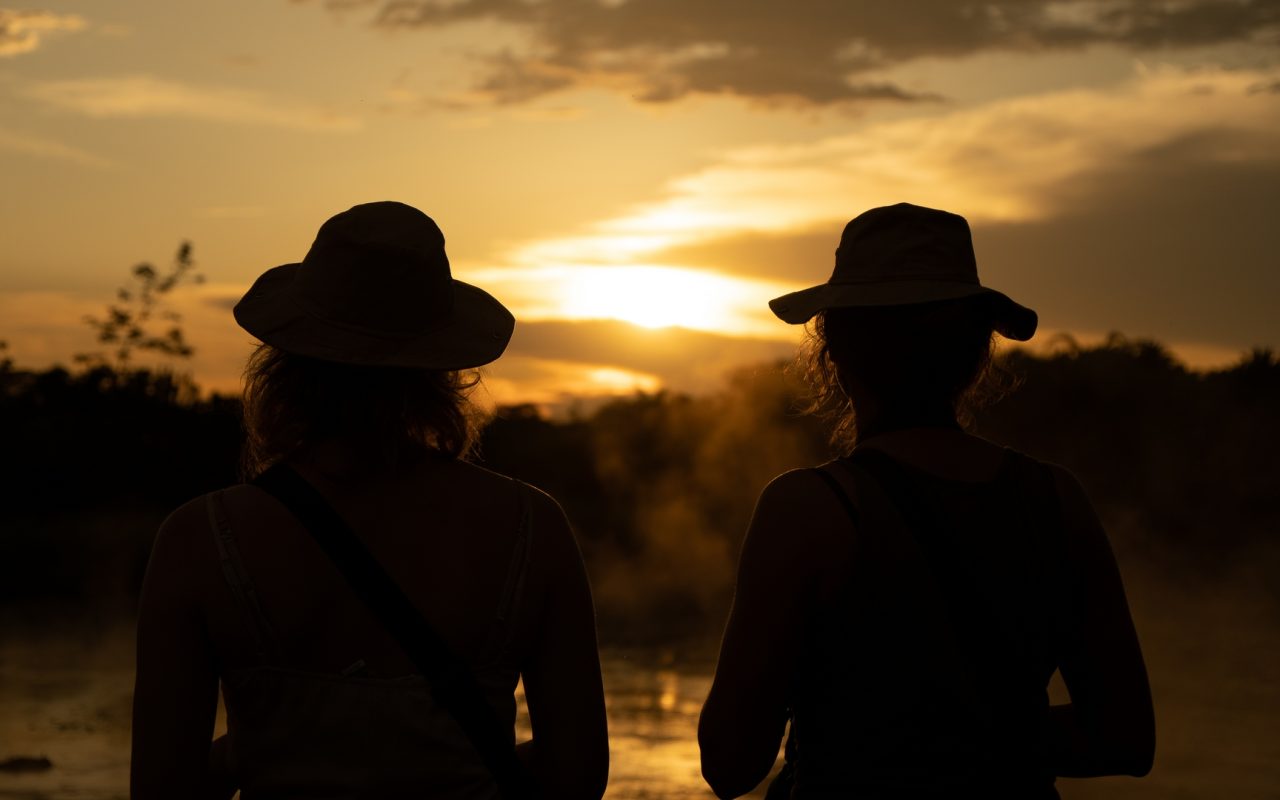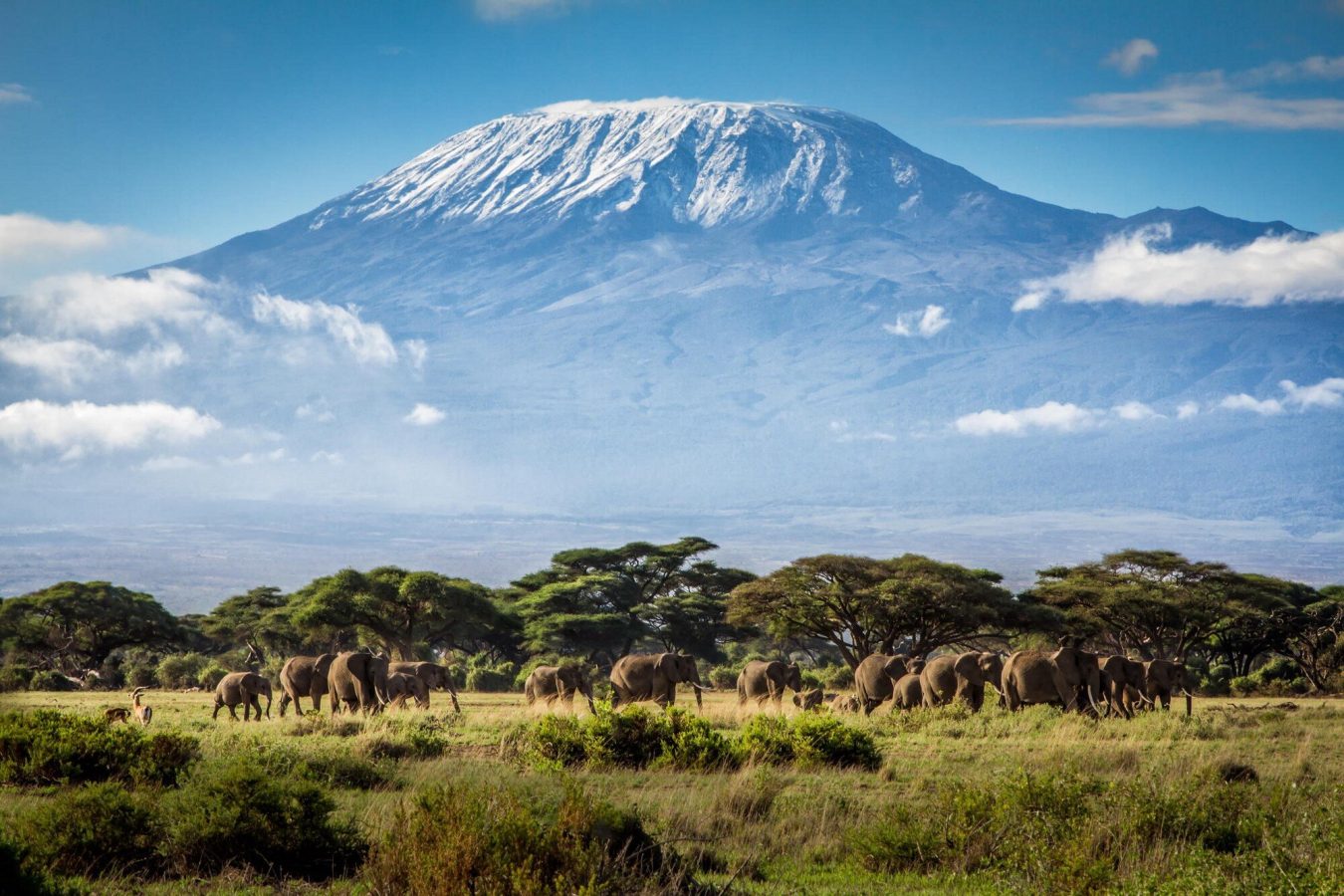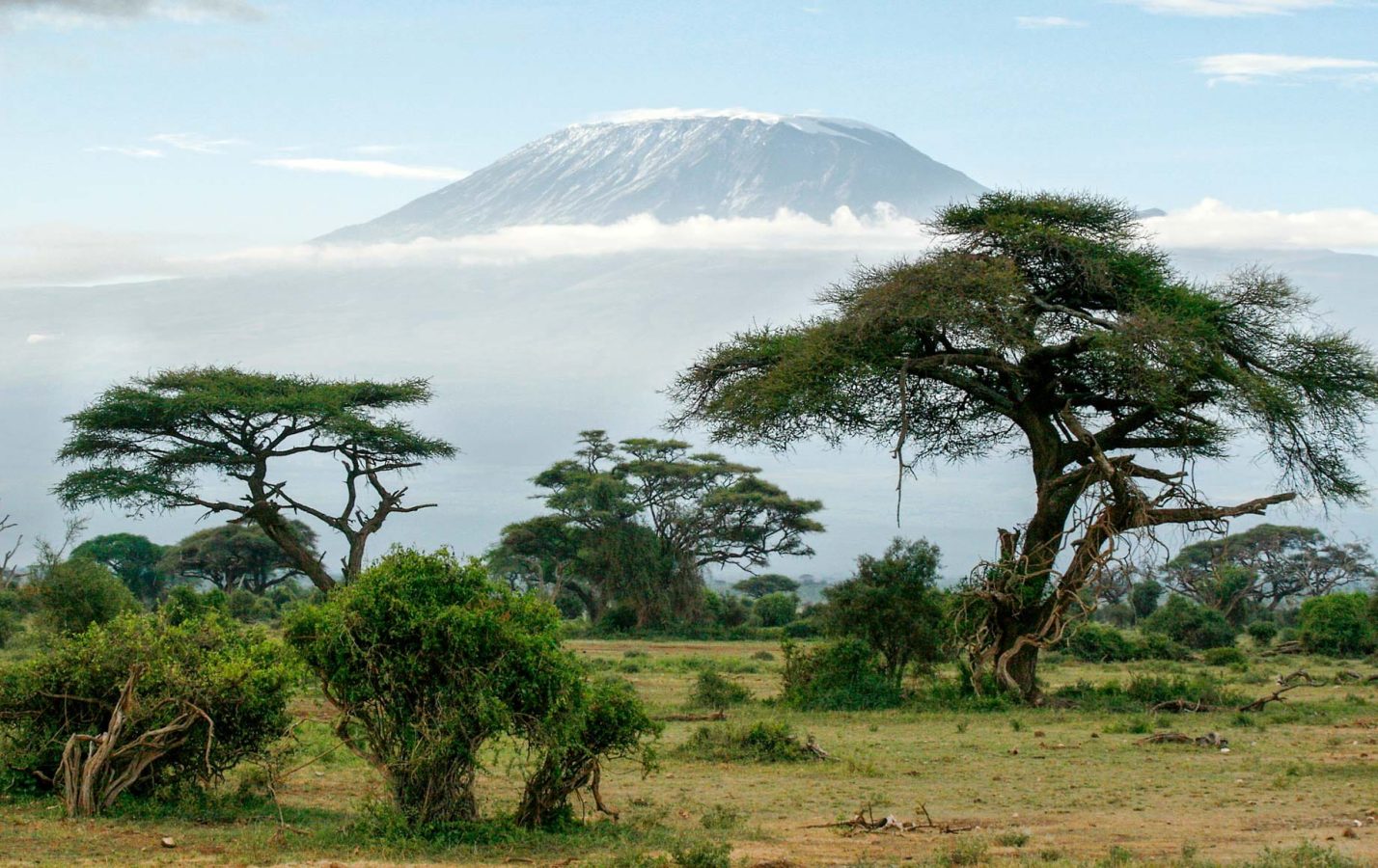Amboseli National Park – All You Need to Know BEFORE You Go (with Photos)
Amboseli National Park is a renowned wildlife conservation area located in the southern part of Kenya, near the Tanzanian border. The park is famous for its stunning views of Mount Kilimanjaro, the highest free-standing mountain in the world, which is just across the border in Tanzania. The name “Amboseli” comes from a Maasai word meaning “salty dust,” reflecting the park’s dry lake bed.
Kenya’s Amboseli National Park is easily accessible by road from Nairobi, and it’s a popular destination for both Kenya safarienthusiasts and researchers interested in the rich biodiversity and ecological dynamics of the region. Visitors to the park can enjoy game drives, guided nature walks, and cultural experiences while taking in the breathtaking scenery.
Key Attractions of Amboseli National Park include
- Mount Kilimanjaro
- Wildlife
- Swamps and Lakes
- Maasai Culture
- Photography
- Conservation Efforts
Location of Amboseli National Park
Amboseli National Park is located in the southern part of Kenya, near the border with Tanzania. Specifically, it is in Kajiado County, which is part of the Rift Valley Province. The park is approximately 240 kilometers (150 miles) southeast of Nairobi, the capital city of Kenya. The geographical coordinates of Amboseli National Park are approximately 2.64 degrees south latitude and 37.26 degrees east longitude.
The park is easily accessible by road from Nairobi, and the journey takes about 4-5 hours, depending on road conditions and traffic. The main entrance to the park is through Meshanani Gate, but there are also other access points. Amboseli’s proximity to Mount Kilimanjaro and its diverse wildlife make it a popular destination for both local and international visitors interested in Kenya safari experiences and wildlife conservation.
Attractions in Amboseli National Park
Amboseli National Park is renowned for its unique attractions, offering visitors a combination of stunning landscapes, diverse wildlife, and cultural experiences. Visitors to Amboseli National Park can enjoy a combination of wildlife encounters, stunning landscapes, and cultural interactions, making it a well-rounded destination for Kenya safarienthusiasts and nature lovers.
Key Attractions in Amboseli National Park include
- Mount Kilimanjaro
- Wildlife Viewing
- Enkongo Narok Swamp
- Observation Hill
- Cultural Experiences
- Research and Conservation
- Kenya SafariActivities
- Unique Flora
Activities at Amboseli National Park
Amboseli National Park offers a range of activities that allow visitors to experience the park’s diverse wildlife, stunning landscapes, and cultural richness. It’s important to note that activities and offerings can vary depending on the specific lodge or camp you choose to stay in within Amboseli National Park. Always check with your accommodation provider for the available activities and any special experiences they may offer.
Some of the Activities You Can Enjoy at Amboseli National Park
- Game Drives
- Bird watching
- Cultural Tours
- Nature Walks
- Photography
- Sundowner Experiences
- Conservation and Research Visits
- Picnics
Best time to visit Amboseli National park
The best time to visit Amboseli National Park in Kenya can depend on your specific preferences and interests, but there are a couple of factors to consider. Ultimately, the best time to visit Amboseli depends on your priorities. If you’re primarily interested in optimal wildlife viewing and clear views of Mount Kilimanjaro, the dry season is recommended. If you appreciate lush landscapes and the presence of migratory birds, the wet season can be equally rewarding. Remember to check with local authorities or your tour operator for the latest information on weather conditions and wildlife movements before planning your trip.
Dry Season (June to October, and January to February)
This is generally considered the best time to visit Amboseli. During the dry season, wildlife tends to concentrate around water sources, making it easier to spot animals. The weather is also drier, and the skies are often clearer, offering better visibility of Mount Kilimanjaro. Additionally, the vegetation is less dense during this time, enhancing wildlife viewing.
Wet Season (November to December and March to May)
The wet season brings more rainfall, and the landscape becomes lush and green. This can be a beautiful time to visit as the park transforms, and migratory birds are often present. However, the wet conditions can make some areas challenging to navigate, and wildlife may be more dispersed. The long rains typically occur from March to May, and the short rains from November to December.
Migration Patterns
While Amboseli is not known for the traditional Great Migration of wildebeest and zebras that occurs in some other parts of East Africa, there are seasonal movements of wildlife within the park. Elephants, for example, move between the swamps and the dry plains throughout the year. Understanding these patterns can enhance your wildlife viewing experience.
Avoiding Crowds
Amboseli can be popular, especially during the peak dry season months. If you prefer a quieter experience, consider visiting during the shoulder seasons, just before or after the peak tourist months.
How to Get to Amboseli National Park?
Amboseli National Park is located in southern Kenya, and getting there typically involves traveling by road from major cities, particularly Nairobi. Before embarking on your journey to Amboseli, it’s essential to check the latest travel information, road conditions, and weather updates. Additionally, confirm your accommodation and transportation arrangements in advance, especially if you’re planning to join a guided tour or fly to Amboseli.
By Air
Fly to Nairobi: Most international visitors arrive in Nairobi, the capital city of Kenya. There are international flights to Jomo Kenyatta International Airport (NBO) in Nairobi.
Domestic Flight to Amboseli: From Nairobi, you can take a domestic flight to Amboseli’s airstrip. Several local airlines operate flights to Amboseli, providing a quicker and more convenient option than road travel.
By Road
Nairobi to Amboseli by Car: The most common way to reach Amboseli is by road. The journey by car takes approximately 4-5 hours, depending on road conditions and traffic. The main road to Amboseli is via Namanga, which is on the border between Kenya and Tanzania.
Public Transportation: Public buses and matatus (shared minivans) also operate between Nairobi and Amboseli. However, this mode of transportation may be less comfortable and flexible compared to hiring a private vehicle or joining a guided Kenya safari tour.
What Animals are found in Amboseli National Park?
Amboseli National Park is home to a diverse range of wildlife, making it a popular destination for Kenya safari enthusiasts. These are just a few examples of the many species that inhabit Amboseli National Park. The park’s varied ecosystems, including grasslands, swamps, and acacia woodlands, contribute to its biodiversity, offering a unique and rewarding Kenya safari experience for wildlife enthusiasts.
- Elephants
- Lions
- Giraffes
- Zebras
- Wildebeests
- Buffalos
- Hippopotamuses
- Cheetahs
- Hyenas
- Maasai Giraffe
- African Wild Dogs
- Antelopes
- Birds
Accommodation in Amboseli National Park
Amboseli National Park offers a range of accommodations to suit different preferences and budgets. Lodges and camps within and around the park provide visitors with options ranging from luxurious Kenya safari lodges to more budget-friendly campsites.
When planning your stay in Amboseli, it’s advisable to book accommodations in advance, especially during peak seasons, to secure your preferred choice. Additionally, consider the type of experience you’re looking for, whether it’s a luxury Kenya safari lodge or a more rustic camping experience. Each accommodation option in Amboseli has its unique charm, and the choice often depends on personal preferences and budget constraints.
A List of 10 Notable Accommodations in Amboseli National Park
- Amboseli Serena Safari Lodge
- Ol Tukai Lodge
- Tortilis Camp
- Amboseli Sopa Lodge
- Kibo Safari Camp
- Elewana Tortilis Camp
- Porini Amboseli Camp
- Sentrim Amboseli Lodge
- Kimana Camp
- Amboseli EcoCamp
Is it safe to visit Amboseli National Park?
Amboseli National Park is generally considered a safe destination for visitors. However, safety conditions can change, and it’s essential to stay informed about the current situation before planning any trip.
It’s important to note that conditions can change. Before planning your visit to Amboseli National Park, check with reliable sources, such as travel advisories, park authorities, and official tourism websites, for the latest information on safety and travel conditions in the region.
General safety considerations for visiting Amboseli National Park
- Wildlife Safety
- Health Precautions
- Local Customs and Respect
- Security Concerns
- Accommodation Choices
- Guided Tours
- Road Safety
- Weather Conditions
What should I pack for a visit to Amboseli National Park?
Packing for a visit to Amboseli National Park requires careful consideration of the local climate, the activities you plan to undertake, and the general conditions of a Kenya safarienvironment.
Remember that specific items may vary based on the time of year you visit and individual preferences. Always check the specific requirements of your accommodation and the local climate for the time of your visit. Additionally, consider the baggage restrictions of your chosen mode of transportation.
General Packing List to Help You Prepare For Your Trip to Amboseli National Park
Clothing
Lightweight and breathable clothing: Pack lightweight, long-sleeved shirts and long pants to protect yourself from the sun and potential insect bites.
Comfortable walking shoes: If you plan to take nature walks or guided walks, comfortable closed-toe shoes are essential.
A hat or cap: Bring a wide-brimmed hat or cap to shield your face and neck from the sun.
Swimwear: If your accommodation has a pool, you might want to pack swimwear.
Safari-appropriate colors: Neutral and earth-toned colors like khaki, brown, and green are advisable for blending into the environment and minimizing disturbance to wildlife.
Weather-Related Items
Lightweight rain jacket: If you’re visiting during the rainy season, a compact rain jacket can be useful.
Sweater or light jacket: The evenings and early mornings can be cooler, so bring a layer to stay warm.
Personal Items
Sunscreen: High SPF sunscreen to protect your skin from the strong African sun.
Insect repellent: Especially important if you’re visiting during the wet season when mosquitoes may be more prevalent.
Sunglasses: To protect your eyes from the glare of the sun.
Camera and binoculars: Amboseli offers excellent opportunities for wildlife and landscape photography. Binoculars can enhance your game viewing experience.
Health and Safety
First aid kit: Include basic medical supplies like adhesive bandages, antiseptic wipes, pain relievers, and any necessary prescription medications.
Reusable water bottle: Staying hydrated is crucial, so bring a reusable water bottle to minimize plastic waste.
Documents and Miscellaneous
Valid passport and visa: Ensure your travel documents are up to date.
Travel insurance: It’s advisable to have travel insurance that covers medical emergencies and trip cancellations.
Power adapter and charging cables: Amboseli accommodations may have limited power outlets, so it’s wise to bring a power adapter and charging cables for your electronic devices.
Is it possible to see Mount Kilimanjaro from Amboseli?
Yes, it is indeed possible to see Mount Kilimanjaro from Amboseli National Park. In fact, one of the unique and breathtaking features of Amboseli is the clear view it provides of Mount Kilimanjaro, which is the highest free-standing mountain in the world. The park’s location in southern Kenya, near the Tanzanian border, offers a spectacular backdrop of Kilimanjaro, especially on clear days.
The best times for visibility are typically in the early morning and late afternoon when the air is crisp, and the mountain is less likely to be shrouded in clouds. The views are often most stunning during sunrise and sunset, creating a picturesque scene with the wildlife in the foreground and the snow-capped peak of Kilimanjaro in the background.
Photographers and nature enthusiasts particularly appreciate this unique feature of Amboseli national park, as it adds an extra layer of beauty to the overall Kenya safari experience. Keep in mind that weather conditions can vary, and visibility may be influenced by factors such as cloud cover, so it’s a good idea to plan your game drives and activities with this in mind.
Luxury Africa Tours & Holidays – Deks Safaris and Tours Ltd
- 6 Days Uganda Kenya Tour
- 7 Days Rwanda Uganda Tour
- 8 Days Kenya Uganda Luxury Safari
- 8 Days Kenya Uganda Tour
- 9 Days Kenya Uganda Safari
- 10 Days Kenya Uganda Safari
- 10 Days Uganda Kenya Tanzania Safari
- 10 Days Rwanda Kenya Tanzania Safari
- 11 Days Kenya Uganda Rwanda Safari
- 11 Days Kenya Uganda Safari
- 11 Days Uganda Kenya Zanzibar Safari
- 11 Days Rwanda Kenya Safari
- 12 Day Kenya Uganda Rwanda Safari
- 13 Days Uganda Kenya Tanzania Safari
- 14 Days Across Africa Safari
- 14 Days Rwanda Tanzania Safari
- 15 Days Kenya Rwanda Tour
- 16 Days Kenya Uganda Safari

